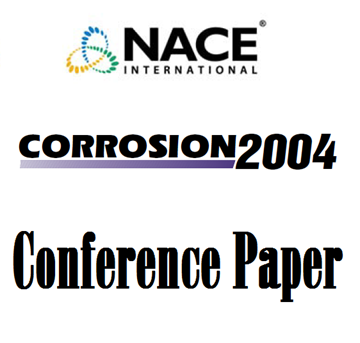Search
03562 MIC ON STAINLESS STEELS IN WASTEWATER TREATMENT- ANAEROBIC AND AEROBIC TREATMENTS INFLUENCE ON ENNOBLEMENT AND THE PASSIVE SURFACE
Also Purchased
02451 MIC ON STAINLESS STEELS IN WASTEWATER TREATMENT PLANTS FIELD TESTS AND A RISK ASSESSMENT
Product Number:
51300-02451-SG
ISBN:
02451 2002 CP
$20.00
04600 Microbiologically Influenced Corrosion Failure of AISI Type 304 Stainless Steel in a Wastewater Treatment System
Product Number:
51300-04600-SG
ISBN:
04600 2004 CP
Publication Date:
2004
$20.00
99171 MIC ON STAINLESS STEELS IN WASTEWATER TREATMENT PLANTS
Product Number:
51300-99171-SG
ISBN:
99171 1999 CP
$20.00




